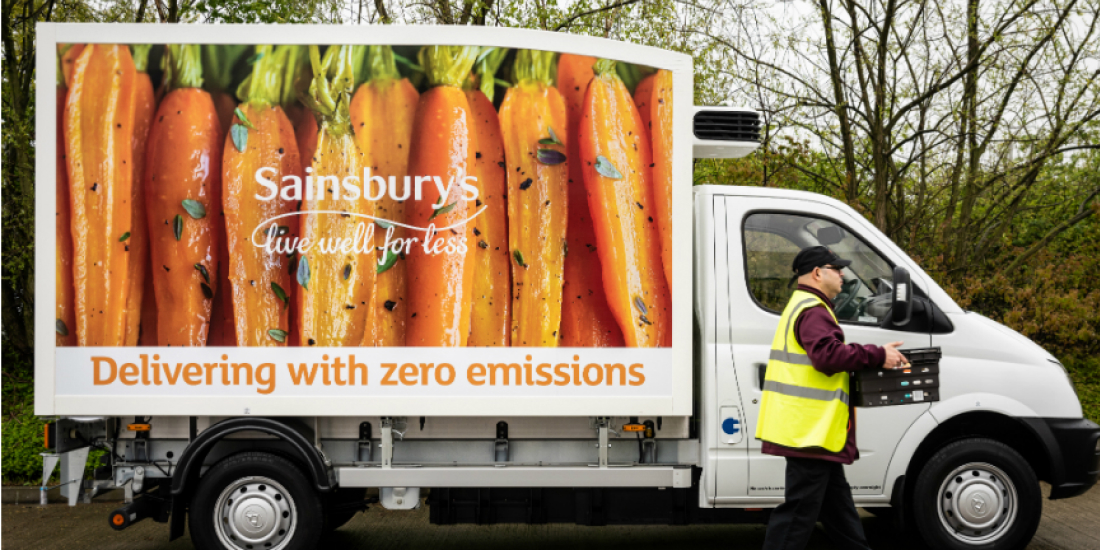We give you
Van insurance

A Guide to Goods in Transit Insurance
Designed primarily for those working as haulage or courier drivers, protecting your cargo while in transit is essential to avoiding financial losses. When goods are transported from one location to the next, there is an increased risk of loss, damage, or theft. A goods in transit insurance policy will help protect you against any unforeseen circumstances.

What is goods in transit insurance?
A goods in transit insurance policy will protect the goods that are being
stored in your Van whilst in transit from one
location to the next. A business is able to take out a goods in transit policy to protect their own
cargo, whether is
being transported in their own vehicles or those of third party contactors.
Goods in transit cover is usually offered to some degree when taking out any insurance for carriage
of own goods for
hire or reward. When comparing different policies, you should look for goods in transit cover that’s
high enough to meet
or exceed the value of the cargo you are carrying.
The most comprehensive goods in transit cover is usually sold as a separate policy. The value and
nature of your cargo
is going to determine how much extra you pay on top of your standard policy.
What levels of cover are available?
Just like your Van insurance, a goods in transit policy will have different levels of cover which can be tailored to your individual requirements. Depending on the type of cargo your transporting, and its frequency, finding the right level of cover is easy when comparing with vaninsurance.co.uk.
Whats covered with a goods in transit policy?
Although every insurance company is different and comes with its own set of
exclusions and limitations, standard cover
for a goods in transit policy remains the same. When comparing quotes, you should always look at the
policy
documentation to see exactly what you can and can’t claim for.
Typically, a goods in transit policy will cover you in the event of loss, damage in an accident and
in transit as well
as unforeseen delays and theft from your vehicle.
Most delivery drivers are working on behalf of a supplier. Making sure their cargo is protected
while you’re delivering
it will give you peace of mind and ultimately better business credibility. Be sure to accurately
declare the value of
your load and ensure you have adequate cover should the worst happen.
Whats not covered?
Every insurance policy, regardless of how comprehensive it is, will have
some limitations. The transportation of
livestock or human remains for example certainly won’t be covered under traditional policy.
Meanwhile, liquids,
perishables, food, chemicals, and hazardous goods will understandably need a custom goods in transit
policy.
Many insurance companies will invalidate their cover if they can prove your load was not adequality
packaged and secured
within the van. Always make sure that whatever you’re carrying has the necessary safety precautions
taken to limit
damage.
Any theft of contents from your Van while the keys were left in it will almost certainly not be
covered and you’ll need
to prove entry was forced when making your claim.
As a side note, you should be aware that most insurance companies won’t cover goods stored in your
Van overnight.
Depending on your location, the risk factor to overnight theft can be increased tenfold. If you’re
unable to unload you
Van each evening, or if it’s not possible to park in a secure lock up, you should talk to your
insurers about added
protection that will cover you in these eventualities.






